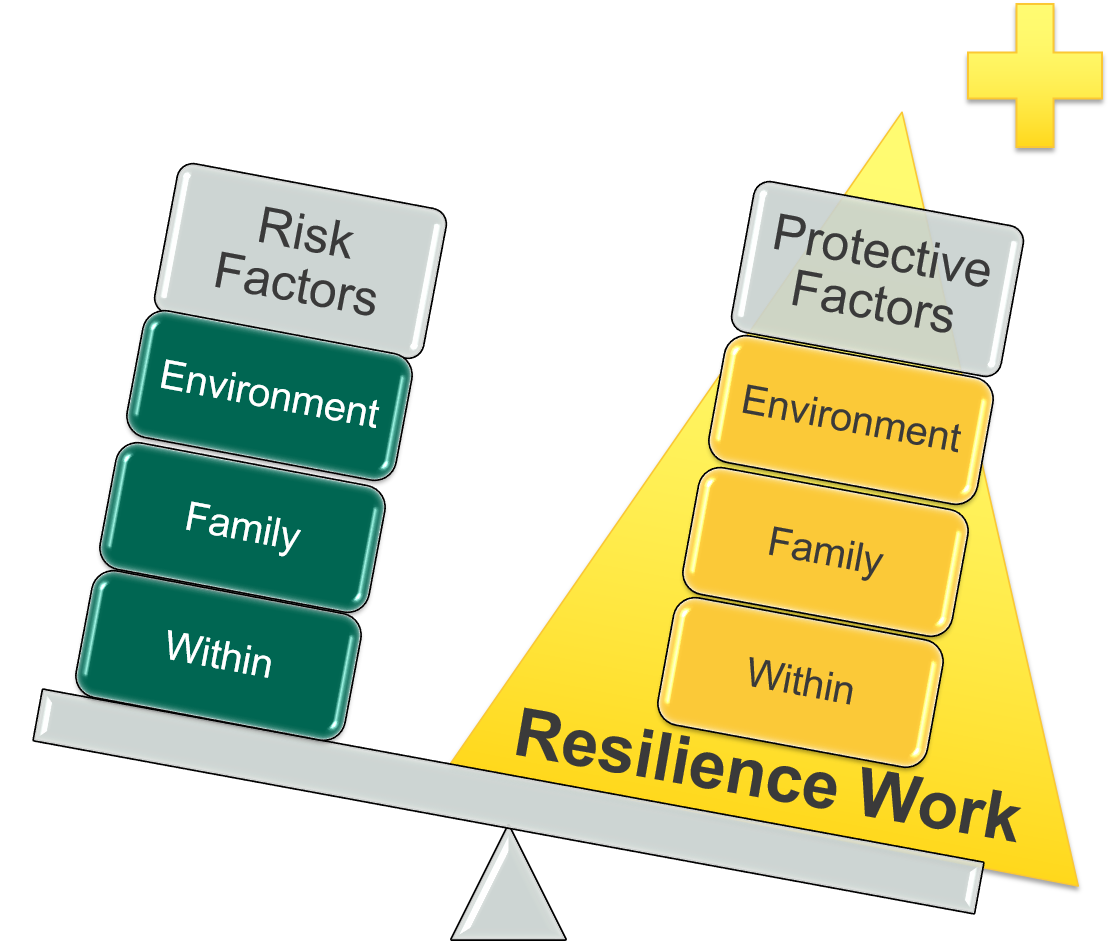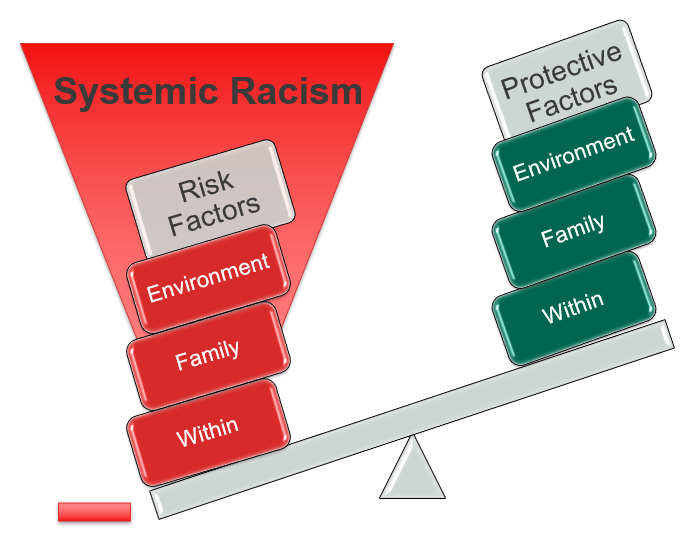In order to center equity in our resilience work with young children, it is helpful to acknowledge that a child’s resilience is inextricably connected to the systems that touch their lives. These systems can either affirm and uplift a child, or uphold inequities that create harm.
Systemic racism includes systems and structures that have procedures or processes that disadvantage African Americans.
Therefore, if we wish for our resilience efforts to center equity, we must focus our work on the very systems that touch the lives of children in both positive and negative ways. Resilience work must be systemic work.
Over the past few years, we have all heard the word “resilience” used at an increasing rate when talking about young children. We can find ourselves hoping that young children will be resilient in the face of stress, turmoil, and even oppression.
Racialized trauma is simply traumatization that results from experiencing racism in any of its many forms. This does not have to be one major isolated event, but rather it can result from an accumulation of experiences like daily subtle acts of discrimination or micro-aggressions.
Resilience is not a magical or illusive character trait that some children are lucky enough to have, while other children go without. Resilience is the result of a variety of factors that come together to create optimal outcomes for a child.
Resilience helps children cope with change and adversity, and experience more positive outcomes. In young children, resilience may be strengthened through protective factors found in the family, the environment in which the child lives and plays, and within the child him/herself.
Put simply, children are more resilient when the systems they function in create more protection than they do risk. Supporting resilience in young children from historically marginalized identity groups asks us to look at the systems that contribute to risk and protection with equity in mind.
In order to center equity when we take a closer look at the systems that impact a child’s resilience, it may be helpful to reflect on some of the following questions:
- How do I create environments that center the beauty, joy, resiliency, and variety of Black, Brown, and Indigenous experiences?
- Have I removed all punitive or disciplinary practices that demoralize Black, Brown, and Indigenous children?
- Do I cultivate relationships and community by consistently reflecting on and honoring children’s full humanity?
- How do I integrate resilience rituals and routines that welcome the full range of emotions and provide tools to support students in processing and asking for support?
- How do I support children in embedding resilience practices in relationships with their peers, families, and their communities?
- How do I build a school culture that engages in healing and advocacy?
Adapted from Abolitionist Teacher Network, Dr. Bettina Love, 2020
These are just a few, extremely valuable questions to support our equity-centered systemic resilience work. To continue your learning journey, check out the following resources:
February 5, 2024




